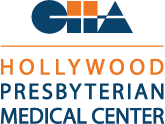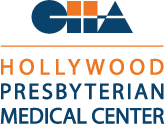|
In our last blog, we talked about glaucoma symptoms and glaucoma testing to help you see if you may have glaucoma and if so, share what you can do to protect your eyesight. If you don’t have signs of glaucoma, or wonder why you, a relative, or friend developed glaucoma symptoms, we gathered some information for you. Everything we share here is based on published research by glaucoma experts. Glaucoma risk factors are often based on your age, family history, health, and heritage. Compared to the general population, your odds of developing glaucoma may be:
How likely am I to have glaucoma?Glaucoma risk factors based on race and ethnicity have been discovered in long-term research studies with various groups. Major eye-disease studies led by Rohit Varma, MD, MPH, Director of the Southern California Eye Institute, include the Los Angeles Latino Eye Study, African American Eye Disease Study, and Chinese American Eye Study. They are the largest studies ever conducted on the impact of eye disease in these groups. Based on the studies, here is important information on you and your family should know: Latinos, compared to the general population, may be:
African Americans, compared to the general population, may be:
Asian Americans, compared to the general population, may be:
The goal of this series of weekly blogs is to help you feel informed and confident, wherever you are in learning about glaucoma. In SCEI Glaucoma Blog #3, we talk about the most common types of glaucoma. More than 9 out of 10 people who have glaucoma have open-angle glaucoma. Visit sceyes.org/blog weekly to learn more. Please provide feedback, suggested topics, or questions about glaucoma in the Contact Us section below. Thank you. |
 ENGLISH
ENGLISH  РУССКИЙ
РУССКИЙ 


